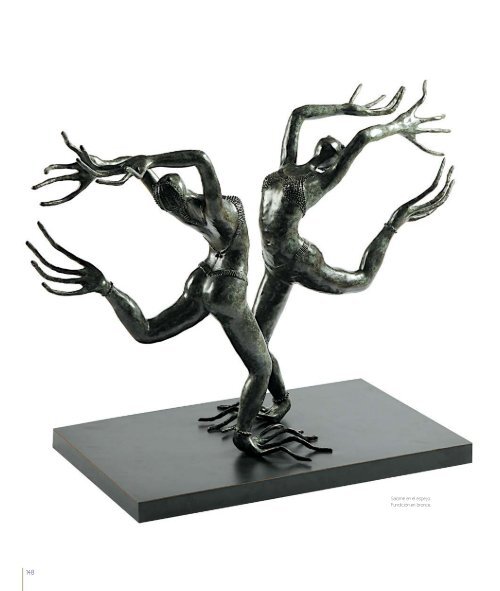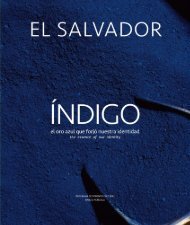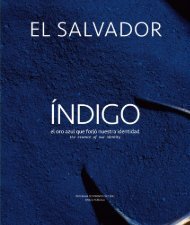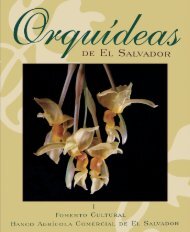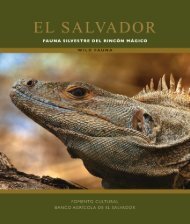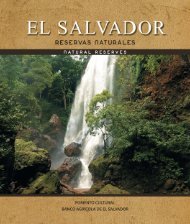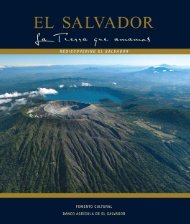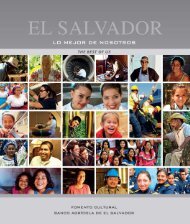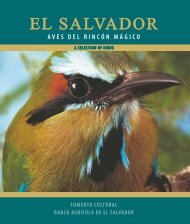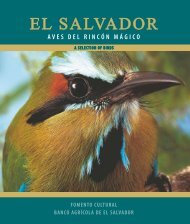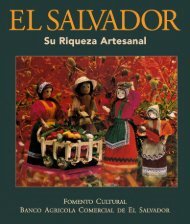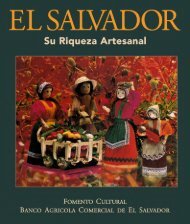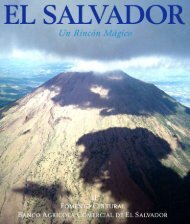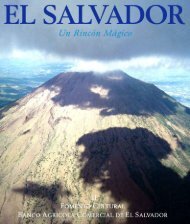Monumentos y Esculturas
Create successful ePaper yourself
Turn your PDF publications into a flip-book with our unique Google optimized e-Paper software.
TITI<br />
ESCALANTE<br />
“En el proceso creativo una está dejando el yo.”<br />
El lenguaje escultórico de Titi Escalante es potente y grácil a la vez.<br />
Un homenaje al movimiento y la naturaleza.<br />
Sus esculturas son una reinterpretación de la feminidad a través de<br />
las ranas: Batracios con movimiento que han llegado a convertirse en<br />
mujeres. Sobre la mutación de sus criaturas, dice el estudioso Matías<br />
Romero que constituyen la transición de los seres humanos. En ellas<br />
hay mucha relación con la danza, el yoga y la pintura: “La vida y el<br />
arte son lo mismo”, dice la escultora.<br />
Titi Escalante estudió pintura con Valero Lecha y escultura con<br />
Leónidas Ostorga y con Peter Rubino en el National Academy of<br />
Design en Nueva York.<br />
“In the creative process one is leaving the self.”<br />
Titi Escalante’s sculptural language is powerful and graceful at the<br />
same time. It is a tribute to movement and nature.<br />
Ave fénix.<br />
Fundición en bronce.<br />
Her sculptures are a reinterpretation of femininity through frogs;<br />
amphibians with movement that have grown to become women.<br />
On the mutation of her creatures, scholar Matias Romero says that<br />
they constitute the transition of human beings. In them we find<br />
strong relations with dance, yoga, and painting. “Life and art are the<br />
same,” says the sculptor.<br />
Titi Escalante studied painting with Valero Lecha and sculpture with<br />
Leonidas Ostorga and Peter Rubino at the National Academy of<br />
Design in New York.<br />
Salomé en el espejo.<br />
Fundición en bronce.<br />
La Danza<br />
Fundición en bronce.<br />
148 149


